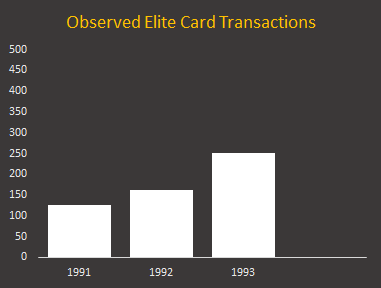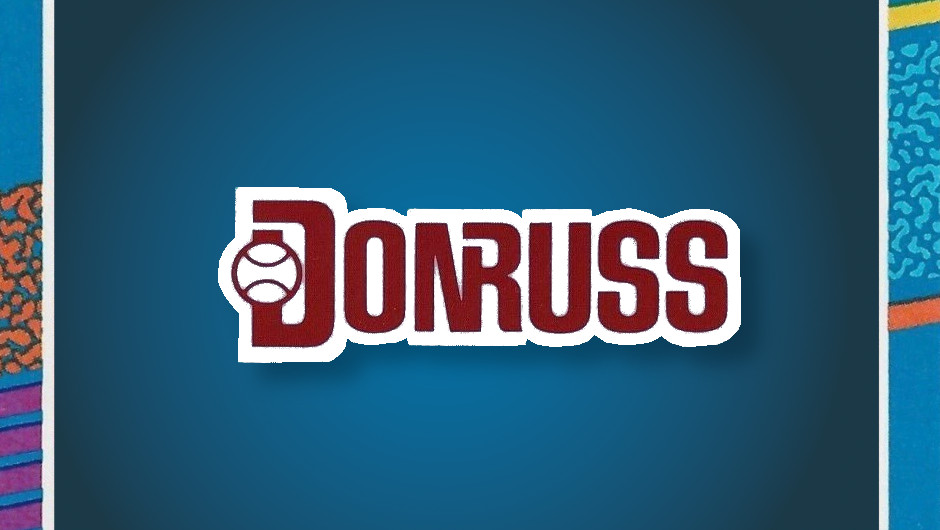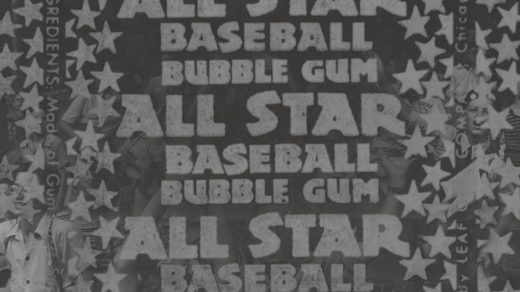The first pack of cards I ever opened was from the first series of 1991 Donruss. A second-hand Beckett Baseball Card Monthly soon followed and I learned some packs contained something novel: serial numbered insert cards. Decades later the notion that cards with a print run limited to “just” 10,000 copies seems quaint. Yet, somehow, these cards are proving difficult to locate with any regularity.
How Many Elite Cards Were Made?
Donruss serial numbered each entry in the Elite set, producing 10,000 of each of the 8 players. Two additional cards were included with slightly smaller print runs: 7,500 Nolan Ryan cards were created with the “Legend Series” header at the top; and 5,000 autographed Ryne Sandberg “Signature Series” cards. The combined print run of these inserts totals 92,500 cards.
With so many produced, why is it that these cards remain difficult to find? The answer lies in the tremendous amount of regular-issue cards Donruss foisted upon hobbyists in 1991.
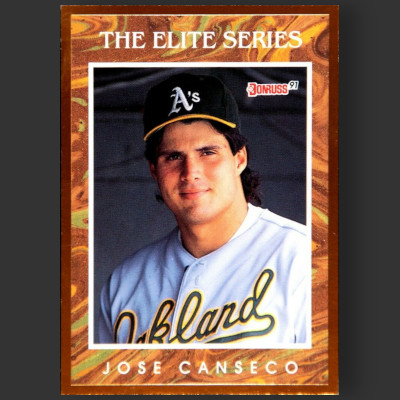
Let’s Do Some Math
Donruss eagerly told collectors how “rare” the Elite cards were, but never disclosed the odds of finding them in unopened packs. The cards were distributed solely through Donruss wax packs, appearing in even amounts in Series 1 and Series 2 packaging. There were none included in the numerous factory sets, blister, cello or rack packs.
Numerous collectors searched through pack after pack hunting these cards and a rough consensus has formed around two similar estimates of insertion rates. Various websites and hobby publications have produced estimates of 1:75 wax boxes holding an Elite card with others guessing slightly higher at 1 box for every four cases (1:80 boxes). For our purposes I will use an average of 1 card for every 77.5 boxes.
Today most odds are framed in terms of individual packs. Elites were so difficult to pull that estimates are given in terms of boxes, each of which held 36 packs. 77.5 boxes implies a single Elite card could be expected in a stack of 2,790 packs (77.5 x 36 = 2,790). 92,500 Elites spread across those odds indicates total production of 258,075,000 wax packs (92,500 x 2,790). Given 15 cards per pack, this implies wax packs alone accounted for distribution of 3,871,125,000 cards. With 770 cards in the base set and the 92,500 aforementioned inserts, this indicates more than 5 million of each base card was distributed via wax packs with untold additional copies arriving via other packaging methods.
There is still a substantial backlog of unopened 1991 Donruss boxes in existance. Opening every pack produced over a thirty year period would require the non-stop unwrapping of 245 cards per minute and interest likely fell off a cliff within a few years of the cards hitting store shelves. As a collector, I can only hope the hobby’s resurgence in opening packs brings a few more examples into the light of day.
Graded Populations
The cards are hard to come across precisely because the base cards they were distributed with are so plentiful. With such easy access, collectors likely haven’t taken the best care of their ’91 wax packs. With this comes the challenge of finding an Elite card that did not suffer damage to its brittle corners or edges while being shuffled inside a thin cardboard box. With condition sensitive borders and a hobby reputation that commanded respect back to the time of their production, the cards have always been a candidate for third party grading. So how many have been assessed by the grading firms that distribute population reports?
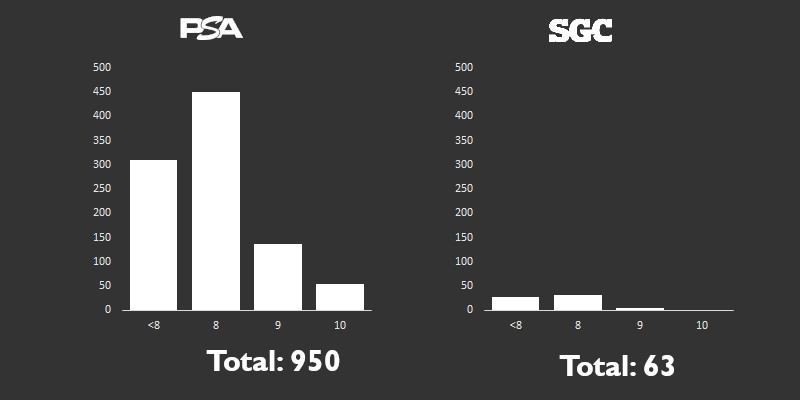
With only 1,013 cards graded, it appears just 1% of the print run has been encapsulated.
Observed Transactions
Despite being considered more desirable than later editions, the quantity of observed transactions is lower for the 1991 Elites. A review of eBay sales completed in the last three months reveals the following results:
